
Jeonggwan Museum is Korea's first Three Kingdoms life museum. Jeonggwan once formed great villages, and the museum's everyday landscape reveals what happened inside houses and villages during the Three Kingdoms through artifacts from Gadong village and reproductions of nature from near the village. The museum introduces artifacts of housekeeping, items such as dishware and reveals the occupations and customs of people from the past.
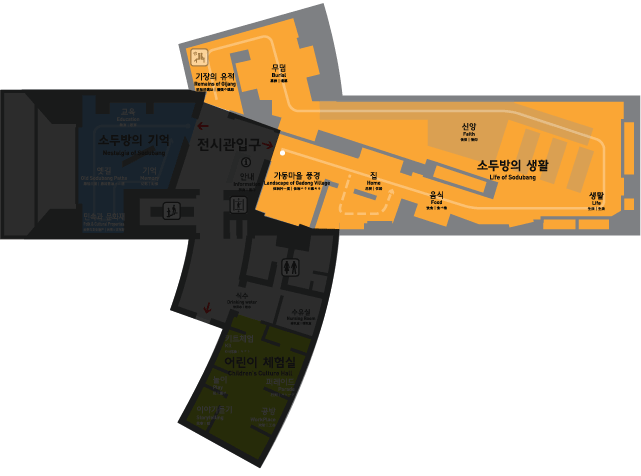
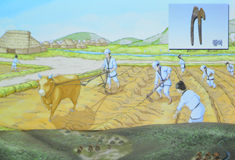
Gadong is a village from the Three Kingdoms that was constructed in the Jeonggwan basin, surrounded by mountains. A small stream that flows to Jwagwangcheon from the surrounding mountains is in a blessed natural condition and has sustained Gadong village for 1,700 years. 150 private homes, elevated storage, storage pits, and graves were discovered in Gadong village. The ruins of pottery kilns, wells, and mud used to make earthen were discovered and evaluated to examine everyday lives of the people of the Three Kingdoms.
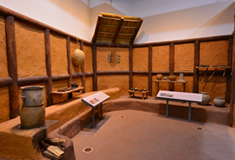
This place displays wooden poles and stakes used for building houses; it also features house-shaped earthenware excavated from Yongsuri Tombs. House sites discovered at the time of excavation show civil engineering and building technology, such as heating and air-conditioning (known ondol), and the housekeeping habits of the people of the Three Kingdoms. Gadong ruins No. 36 is a housing site that has been restored. Visitors can actually go inside the house and experience the lives of the Three Kingdoms. A video explains the special structures of the house-shaped earthenware, which were discovered in Yongsuri Tombs near Gadong village
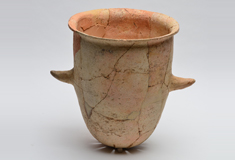
With the beginning of the Three Kingdoms, the range of food materials expanded, as did cooking methods, resulting in the bountiful tables of Gadong village's people.Compared to the past, these people were able to maintain a more reliable dietary life through cultivating crops and maintaining livestock. Clusters of storage areas managed by the government were common in the Three Kingdoms; these elevated storage buildings, which were in the form of attics connected by ladders, were prevalent in the Gaya region. The venue also exhibits the food ingredients and dishes of the people of Gadong along with their relics, wooden pestles, and shredders.
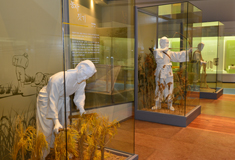
This exhibit introduces wooden and bone tools, wooden bowls, shoes, and ornaments used in everyday life. A production workshop on the old relics of Busan reminds visitors of a scene from olden days, as there is a trace of tool manufacturing.These tools are used to place and collect foods. The venue exhibits tools used for farming, fishing, and hunting, and it reproduces the ancient livelihood activities in models.
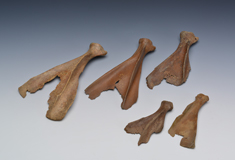
People of the Three Kingdoms served God and left behind memorial monuments and artifacts around magnificent mountains and the sea: Daleumsan, Dongbaek-ri, Chunggang, Daerari remains. Memorial artifacts comprise bird-shape earthenware which the people of the Three Kingdoms considered sacred, and other earthenware of various shapes, Gakgol, bokgol, and disc-like clay products used fortune telling and ceremony. Visitors can observe models of Chunggang and Daerari remains where fences are built to protect alters that once witnessed ancestral ceremonies at the highest point of the village.
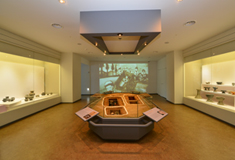
Tombs were constructed in the Gijang region in earnest from the 4th century, typically at the Cheonggang and Daera-ri sites and Gadong Yongsuri Tomb. Deotneoltomb and Doldeotneoltomb constructed in the middle of the 5th century coexisted and gradually changed to Dongbang tomb. The museum exhibits armor from the Yongsuri tombs, found first in Gijang, as well as potteries and ironware - remnants, rituals, performed at gravesides. It also exhibits Deotneoltomb and Dok tomb of the Cheonggang and Daera-ri sites in models.